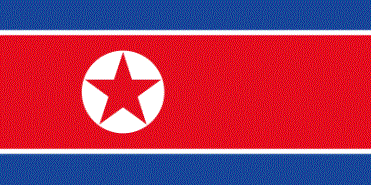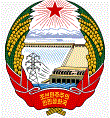Kimhyonggwon County (Kimhyŏnggwŏn-gun)
Kimhyŏnggwŏn County is a kun, or county, in southeastern Ryanggang province, North Korea. It borders South Hamgyŏng to the south. Previously known as Pungsan, it was renamed by Kim Il Sung in 1990. He named it after his uncle, Kim Hyŏng-gwŏn. It is known for its striking scenery and for the Pungsan Dog, a large breed of hunting dog.
Kimhyŏnggwŏn lies on the southeastern edge of the Kaema Plateau, and is covered with mountainous terrain. The Hamgyong Mountains and the Puksubaek Mountains both pass through the county. The highest peak is Paeksan. There are many streams; the chief among them is the Hŏch'ŏn River. Some 88% of the county's area is occupied by forestland.
Kimhyŏnggwŏn lies on the southeastern edge of the Kaema Plateau, and is covered with mountainous terrain. The Hamgyong Mountains and the Puksubaek Mountains both pass through the county. The highest peak is Paeksan. There are many streams; the chief among them is the Hŏch'ŏn River. Some 88% of the county's area is occupied by forestland.
Map - Kimhyonggwon County (Kimhyŏnggwŏn-gun)
Map
Country - North_Korea
 |
 |
| Flag of North Korea | |
In 1910, Korea was annexed by the Empire of Japan. In 1945, after the Japanese surrender at the end of World War II, Korea was divided into two zones along the 38th parallel, with the north occupied by the Soviet Union and the south occupied by the United States. Negotiations on reunification failed, and in 1948, separate governments were formed: the socialist and Soviet-aligned Democratic People's Republic of Korea in the north, and the capitalist, Western-aligned Republic of Korea in the south. The Korean War began in 1950, with an invasion by North Korea, and lasted until 1953. The Korean Armistice Agreement brought about a ceasefire and established a demilitarized zone (DMZ), but no formal peace treaty has ever been signed.
Currency / Language
| ISO | Currency | Symbol | Significant figures |
|---|---|---|---|
| KPW | North Korean won | â‚© | 2 |
| ISO | Language |
|---|---|
| KO | Korean language |















